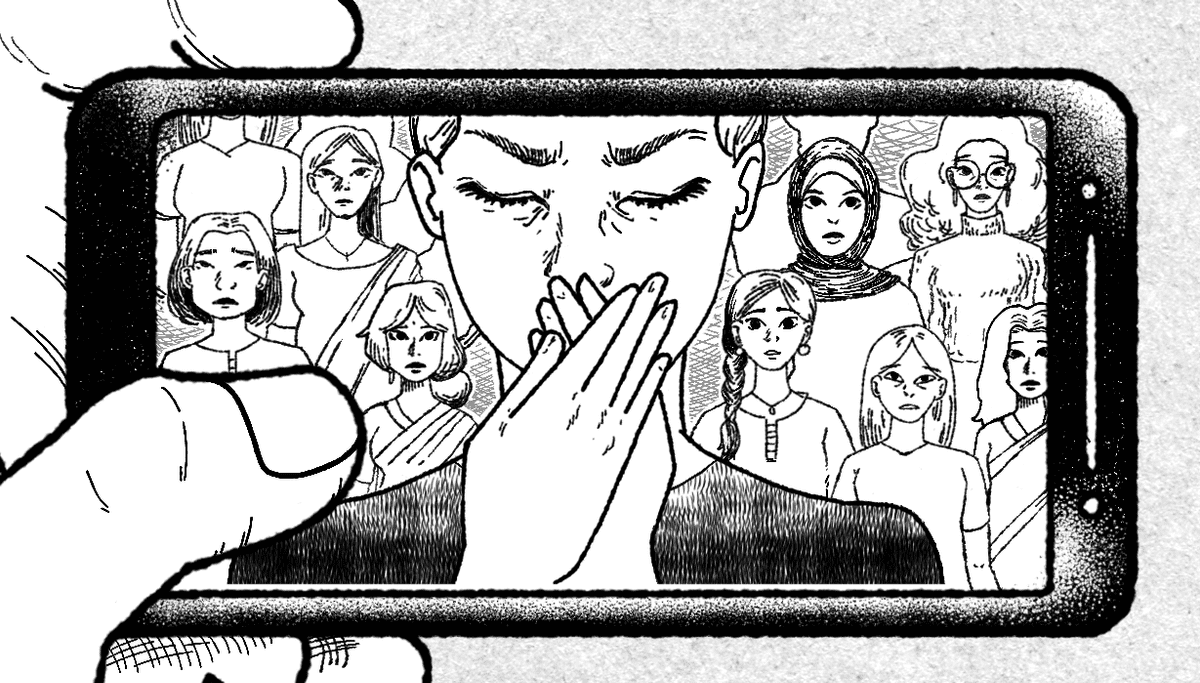The Silencing Impact of Online Gender Based Violence
Tags:
Project:
A journalist is taunted daily with a ‘Good morning Sweety’ message. It is seemingly innocuous but meant to convey that she is being watched. Yet, it is not seen as cyberstalking when she reports it. A transgender activist is met with misogynistic and casteist slurs on everything she posts. A non-binary researcher deemed to be too outspoken is doxed; i.e. has their personal information put out publicly online. A female politician receives endless threats of sexual violence – many of which are spelled out in graphic detail. These are examples of the daily reality of gender-based violence on online platforms, and they are not hypothetical. Most stories don’t make the headlines, but examples like the infamous ‘Bulli Bai’ and ‘Sulli Deals’ cases where Muslim women were put up for sale show the extent to which this violence can escalate.
As online spaces become more accessible, they have also become increasingly polarised, both influencing and reflecting offline realities. Echo chambers and the anonymity of the internet have emboldened and intensified online gender-based violence. This is not a problem that is unique to India. Women and marginalised genders in contexts as varied as Kenya and Brazil face the same challenges. The ensuing impact is often similar as well. There is a physical fear that emerges for oneself and one’s family, since online abuse turning into attacks in real life is not uncommon. There are also fears that this volume and frequency of abuse leads to its normalisation. There is the toll it takes on people’s mental health and wellbeing. There is the way it fundamentally changes how people do their work, and the effect on their career. Overarchingly, there is a fatigue that comes with this constant onslaught of abuse. It results in either self-censoring or complete silencing and withdrawal from these spaces. The problem is widespread and multipronged. Protecting women’s digital rights is not just a matter of their safety. It is also important to ensure that these public spaces retain the input from diverse voices - input that is sorely needed. For instance, there remains a vast gender disparity in those participating professionally in STEM (Science, Technology, Engineering and Mathematics).
As IT for Change and InternetLab stated in their June 2021 report to the United Nations General Assembly, “The exclusion arising from misogyny on online platforms not only reflects the wide-ranging physical, psychological, and functional harms to individuals, but it also signifies the impoverishment and contamination of the public sphere and a systemic squelching of the aspirational ambitions of those silenced to belong and be heard.”
The severity and embedded nature of this problem served as the impetus for the Uli project, whose beginnings we detail in Blog 2 of this series.
